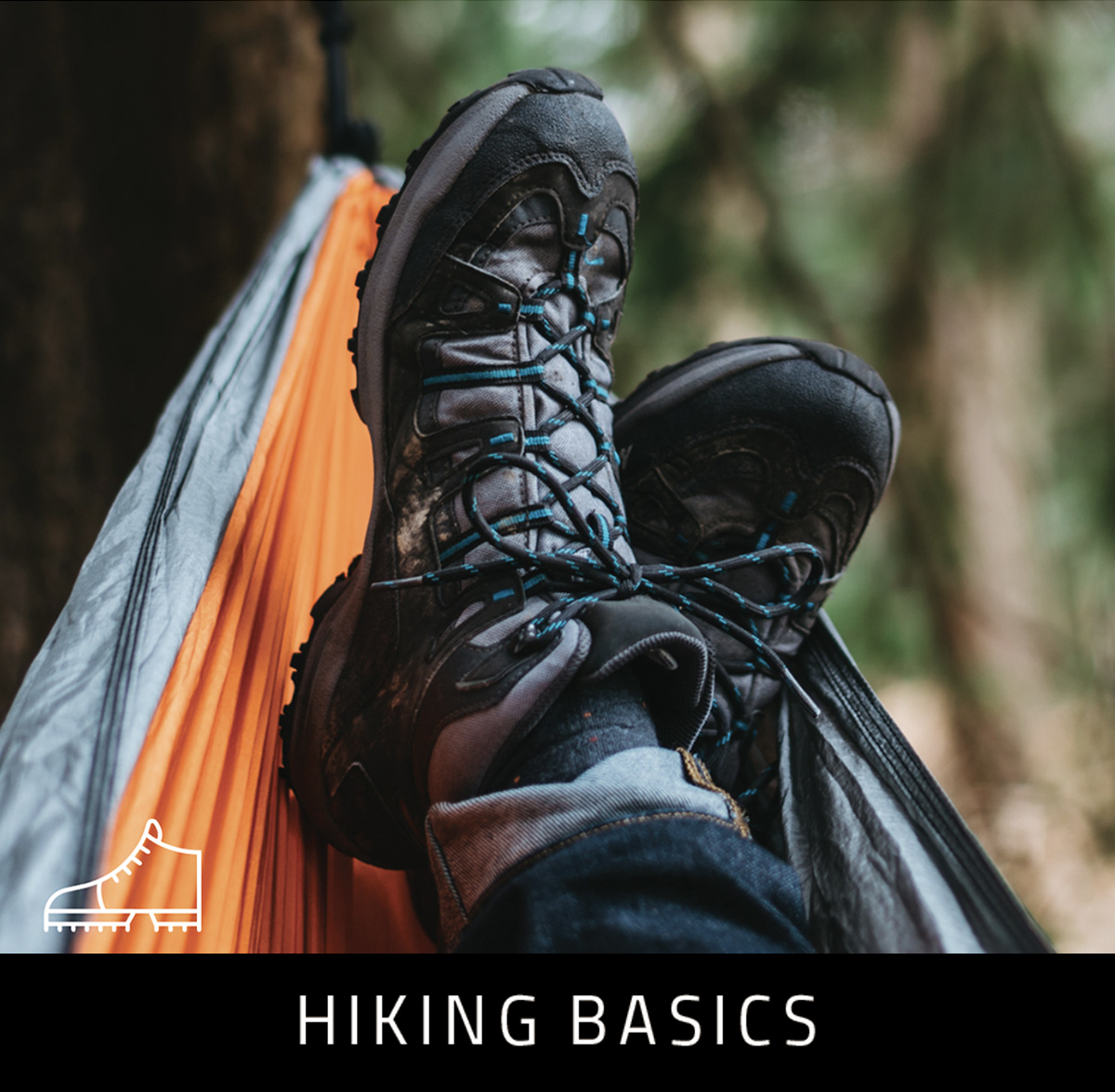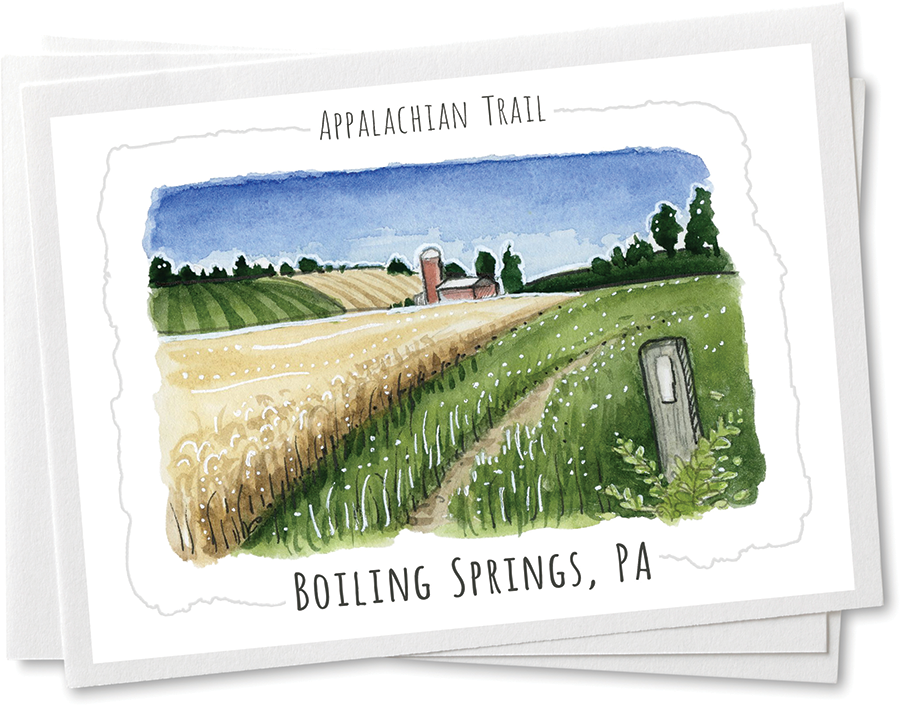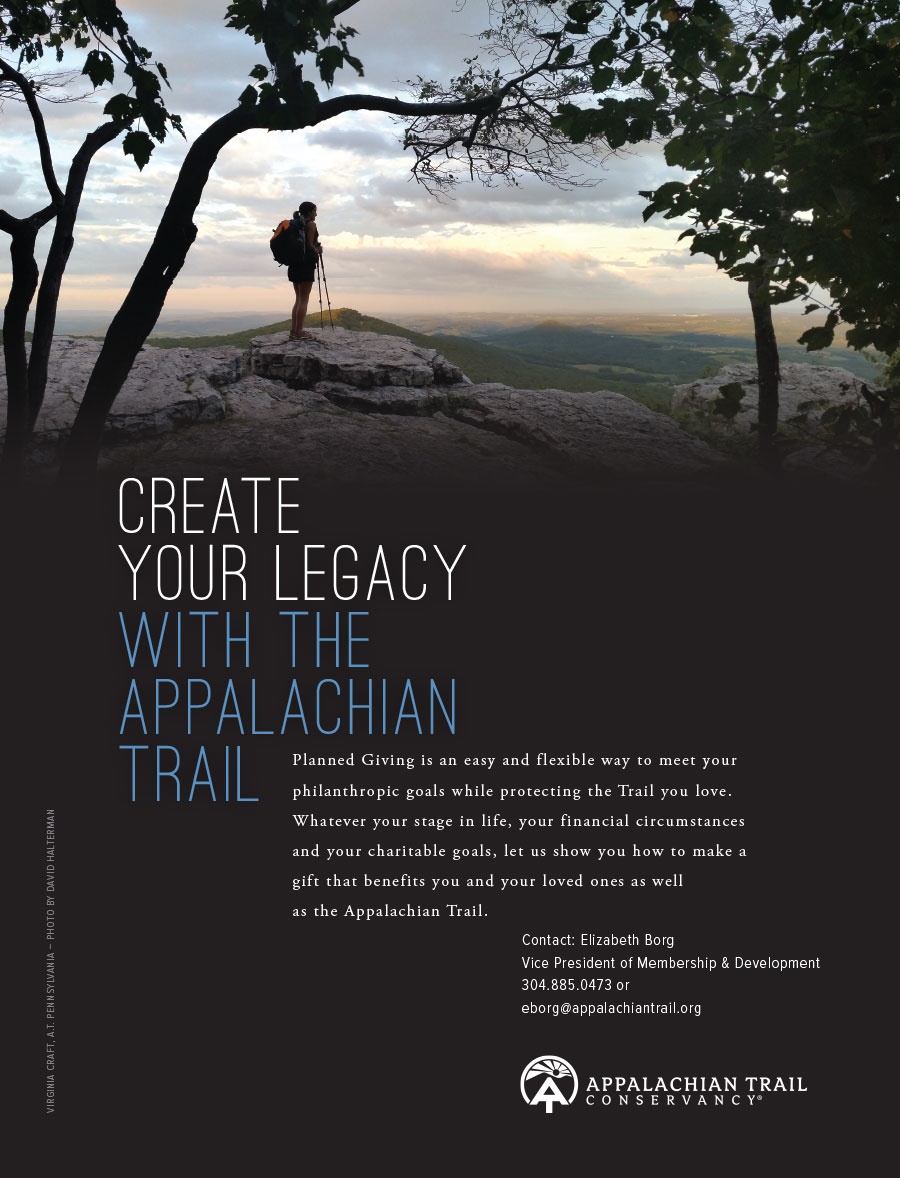
HEALTH
and the Wild East

Travel and Adventure
in Trailside Communities
Celebrating 2,000-Milers
HEALTH
and the Wild East

Travel and Adventure
in Trailside Communities
Celebrating 2,000-Milers
HEALTH
and the Wild East

Travel and Adventure in Trailside Communities
Celebrating 2,000-Milers
ON THE COVER
A.T. sunset near Newfound Gap in the
Great Smoky Mountains National Park.
By Aaron Ibey
along the Trail
ON THE COVER
A.T. sunset near Newfound Gap in the
Great Smoky Mountains National Park.
By Aaron Ibey

Suzanne Dixon / President & CEO
Stacey J. Marshall / Vice President of Finance & Administration
Elizabeth Borg / Vice President of Membership and Development
Laura Belleville / Vice President of Conservation & Trail Programs
Cherie A. Nikosey / Chief of Staff
Brian B. King / Publisher
Wendy K. Probst / Editor in Chief
Traci Anfuso-Young / Art Director / Designer
Jordan Bowman / Communications Manager
Laurie Potteiger / Information Services Manager
Brittany Jennings / Proofreader
The Appalachian Trail Conservancy’s mission is to preserve and manage the Appalachian Trail — ensuring that its vast natural beauty and priceless cultural heritage can be shared and enjoyed today, tomorrow, and for centuries to come.
Sandra Marra / Chair
Greg Winchester / Vice Chair
Edward R. Guyot / Secretary
Mary Higley / Treasurer
Colin Beasley
Beth Critton
Grant Davies
Shalin Desai
Norman P. Findley
Thomas L. Gregg
Daniel A. Howe
Robert Hutchinson
James LaTorre
Colleen Peterson
Rubén Rosales
Hon. C. Stewart Verdery, Jr. / Chair
Stephanie Martz / Co-Chair
Diana Christopulos
Constance I. DuHamel
Lisa Koteen Gerchick
Jessica Herrera-Flanigan
R. Michael Leonard
Robert Rich
Thomas Torrisi
Sara Hazelwood Yanes
For membership questions or to become a member, call: (304) 885-0460
![]()
[email protected]
A.T. Journeys is published four times per year. Advertising revenues directly support the publication and production of the magazine, and help meet Appalachian Trail Conservancy objectives. For more information and advertising rates, visit: appalachiantrail.org/atjadvertising
The Appalachian Trail Conservancy’s mission is to preserve and manage the Appalachian Trail — ensuring that its vast natural beauty and priceless cultural heritage can be shared and enjoyed today, tomorrow, and for centuries to come.
Sandra Marra / Chair
Greg Winchester / Vice Chair
Edward R. Guyot / Secretary
Mary Higley / Treasurer
Colin Beasley
Beth Critton
Grant Davies
Shalin Desai
Norman P. Findley
Thomas L. Gregg
Daniel A. Howe
Robert Hutchinson
James LaTorre
Colleen Peterson
Rubén Rosales
Hon. C. Stewart Verdery, Jr. / Chair
Hon. Stephanie Martz / Co-Chair
Diana Christopulos
Constance I. DuHamel
Lisa Koteen Gerchick
Jessica Herrera-Flanigan
R. Michael Leonard
Robert Rich
Thomas Torrisi
Sara Hazelwood Yanes
Observations, conclusions, opinions, and product endorsements expressed in A.T. Journeys are those of the authors and do not necessarily reflect those of members of the board or staff of the Appalachian Trail Conservancy.
A.T. Journeys is published on Somerset matte paper manufactured by Sappi North America mills and distributors that follow responsible forestry practices. It is printed with Soy Seal certified ink in the U.S.A. by Sheridan NH in Hanover, New Hampshire.
A.T. Journeys ( ISSN 1556-2751) is published quarterly for $15 a year by the Appalachian Trail Conservancy, 799 Washington Street, Harpers Ferry, WV 25425, (304) 535-6331. Bulk-rate postage paid at Harpers Ferry, West Virginia, and other offices. Postmaster: Send change-of-address Form 3575 to A.T. Journeys, P.O. Box 807, Harpers Ferry, WV 25425.

I’ve learned that the key to roadtrip success is to not just visit the big attractions, but to seek out and be open to unexpected experiences, food, and people

A CHANGE OF SCENERY, NO MATTER WHAT THE SCALE, for me is always a refreshing way to reset my mind. Whether it is my husband and I taking our two dogs for a short walk in a nearby park or packing us all up for a road trip to a new destination. Every one of our contributors in this issue was inspired by an aspect of their lives that deeply influences them and delivers a fresh perspective, creating a collage of stories, voices, and images that is as varied as the landscape of the A.T. From finding solace in forests — and realizing how important it is to protect those shady canopies of escape — to the excitement of planning a new adventure, to simply absorbing the sense of place that comes from a familiar or new environment — these stories encompass the larger story of the Wild East.

Katie Eberts
Inspired by simple outdoor surroundings like flower gardens and song birds, Katie Eberts hopes her illustrations will leave you feeling happy. She graduated from the University of Michigan Stamps School of Art and Design and is currently a freelance artist/illustrator based in the upper peninsula of Michigan. Over the past six years, she has created several feature illustrations as well as artwork for two covers for A.T. Journeys. Some of her other clients include: Bon Appétit and Delicious Living. “Working on an illustration about healthy forests really appealed to me,” she says. “Having the opportunity to depict plants, animals, and humans in one peaceful setting felt like a sort of shout-out to the Peaceable Kingdom paintings by Edward Hicks. It was such a treat.”

Hannah Fries
Hannah Fries grew up in New Hampshire, spending many summers hiking and camping in the White Mountains, on and around the A.T. She graduated from Dartmouth College and went on to get an MFA in poetry from Warren Wilson College in North Carolina. She has worked as an editor at Orion magazine and at Storey Publishing — and is the author of the poetry collection Little Terrarium as well as the book Forest Bathing Retreat. She currently lives in western Massachusetts with her husband Adam Brown, and son, Amos. “One of life’s greatest joys, I think, is getting to really know a place,” she says. “…whether that place is a mountain, a river,a section of trail, a patch of woods in your backyard, or even the teaming ecosystem of a city block.”

A resident of Arlington, Virginia, Kim O’Connell has written about conservation, science, and history for a range of publications. With her husband and two children, she is on a quest to see all 50 U.S. states (with only three more to go) and is a veteran of several ambitious road trips. “I was drawn to writing the story about Travel and A.T. Communities because I’ve learned that the key to road-trip success is to not just visit the big attractions, but to seek out and be open to unexpected experiences, food, and people,” she says. After a recent trip to Boiling Springs, Pennsylvania, Kim has now added visiting a long list of A.T. Communities to her future travel plans with her family.

Mark Ellison began exploring the southern Appalachian woods as an undergraduate at Western Carolina University. He became fascinated with the beauty and solitude he found there. His doctoral research at NC State focused on the restorative benefits of hiking in wilderness, which opened doors for collaboration with researchers and practitioners from other countries to better understand the connections between nature and human health. “Writing about forests along the Trail was intriguing to me because of its focus on us as the primary stewards of their health,” he says. “…not only for our own well-being, but for the other species that share the planet with us.
SHOW A.T. COMMUNITIES YOUR LOVE
ABOUT A YEAR AGO, I WOKE up in an Airbnb in Pawling, New York. Before a full day of meetings, I pulled on my boots, stretched a minute on the deck, and headed up the hill for a quick hike on the Appalachian Trail. How did we find this lovely landing spot? It was advertised as the “A.T. House.”
On a recent Pennsylvania trip, I stayed at the Shawnee Inn, a historic property that sits across the Delaware River from the forested hills of Delaware Water Gap National Recreation Area. Approximately 25 miles of the Appalachian Trail run through this park. The Shawnee routinely sends guests out on A.T. adventures and offers guided hikes on other trails in the area, along with river trips and meals made with garden-fresh produce.

In Hot Springs, North Carolina, the Smoky Mountain Diner offers a “Hungry Hiker” burger on its lunch menu. Farther south, near Bryson City, the River’s End restaurant is sandwiched between the best of land and water recreation — the A.T. and the whitewater of the Nantahala River.
From Georgia to Maine, close to 50 communities and counties are designated Appalachian Trail Communities. These and many other towns, villages, and small cities near the Trail are hospitality centers not only for the A.T., but also for all kinds of other outdoor recreation experiences. These communities are where visitors launch their explorations of the Wild East — the important corridor of open space that consists of and surrounds the Appalachian Trail. Where hikers, walkers, bicyclists, paddlers, birders, and you name it provision, refuel, and rest up.

YOU GUYS ROCK! IT TAKES SO much to maintain a trail so long, rugged, and with so much foot traffic. Yet the only time I found myself hopping over downed trees was the day after a hurricane (and Trail maintainers were already out there). I know that your work goes beyond Trail maintenance, but this is just one example of the excellent work you do. Thank you!
Kreg “Carrot Top” Moccia
Peabody, Massachusetts
BEGAN A 30-DAY BACKPACKING trip to escape from everyday life and stress in Carlisle, Pennsylvania last June — heading northbound with no destination in mind. While meeting so many amazing people on the Trail and having such a great time, I wished the trip would go on. I realized I already had everything I needed on my back, so I got permission from my boss to continue hiking. My 30-day trip turned into a six-month adventure. I ended up having the time of my life on the Appalachian Trail. My adventure came to an end when I summited Springer in mid-December. I returned home, constantly wishing I was still on the Trail. Life is better there. Now I wonder what great adventure will come next in my life.
Christopher “Just Dave” Dube
Townsend, Delaware
THE TRAIL COMMUNITY IN BLOOM

A.T. – White Mountains National Forest just before Franconia Ridge. By Aaron Ibey
WITH SPRING COMES NOT ONLY A RETURN OF warmer weather and greenery but also hiking boots and packs. The Teahorse Hostel in my home town, Harpers Ferry, West Virginia, opened its doors recently and already our A.T. Community is busy with hikers. Harpers Ferry and the Appalachian Trail Conservancy will be hosting its annual Flip Flop Festival at the end of April and hikers, choosing a “flip-flop” thru-hike, will come into town for last minute guidance and workshops before heading out on their adventure. While originally started as just an A.T.-focused event, the Flip Flop Festival has grown into a town-wide activity, involving all types of local businesses and bringing in visitors well beyond A.T. hikers.
In addition to Harpers Ferry, A.T. Communities up and down the Trail are making similar plans. In my area, our newest town, Round Hill, Virginia is gearing up for its Designation Day Appalachian Trail Festival. Planned for June, the event will coincide with the northbound thru-hiker “bubble” arriving in our area. From the early days of Damascus Trail Days, to now multiple communities along the entire Trail, we are seeing the importance and benefit hikers bring to these small towns.









appalachiantrail.org/takeaction


appalachiantrail.org/takeaction

By Shannon Millsaps \ NC Forest Fire Lookout Association
By Shannon Millsaps \ NC Forest Fire Lookout Association




For the third year in a row, the number of thru-hikers who reported completing a flip-flop itinerary was greater than the number of those reporting a southbound thru-hike, although northbounders are the largest category by far again. We received applications from hikers as far away as Bulgaria and New Zealand.




14 states
2,192 miles









thru-hikers revel in opportunities to stop in Trail towns — not just for a shower, laundry, and resupply, but also to splurge on lodging, meals, or other special experiences and opportunities near the Trail.


Many long-distance hikers enjoy the simplicity of a basic camp meal and sleeping bag surrounded by nature — but those same hikers sometimes find a wonderful balance in taking a brief break to enjoy the culture and cozy hospitality of nearby Trail communities.
Thru-hiker Bruce “RTK” Mattson and Michael “Sharkbait” Neiman offer up their recommendations for finding creature comforts and downright gourmet meals along the Trail. The two — who met before their 2018 thru-hikes through each other’s blogs — put their heads together to publish Platinum Blazing the Appalachian Trail: “How to Thru-Hike in 5 3-Star Luxury, a 150-page hard-copy or downloadable guide to comfy beds and soft sheets, hearty homecooked meals, yoga classes, massages, theater, concerts, and other great cultural events in towns and communities along the A.T.
Stay at Woods Hole and you might find yourself in the kitchen helping to prepare one of their famous communal meals or maybe you’ll be outside tending to the gardens that fill your plate with delicious organic food. You’ll quickly learn that this is not a place to simply rest your head, it’s a place to learn, laugh and share. Whether you’re doing group yoga, eating homemade ice cream, or exchanging stories in the front yard, a day spent here will be a memorable one. Neville and Michael have created a space where you don’t simply feel like a hiker or guest, you feel like a member of the family.
At the end of my stay, I decided that we needed a ‘family photo’ and like most family portraits, this self-timed attempt didn’t quite go according to plan. It did however, result in what I consider to be a perfectly imperfect image. Just like life on the Trail and my time at Woods Hole Hostel. It’s full of smiles, laughter, and a little bit of chaos.” ~ Ben Benvie

Bears have the keenest sense of smell in the animal kingdom, smelling food from several miles away including toothpaste, sunscreen, trash, etc. (burning food/trash doesn’t help.)
Always use a bear-resistant food storage container (BFC) to store food and smellables while camping. The Interagency Grizzly Bear Committee website lists approved hard and soft BFCs; most are also rodent proof.
Using a bear-resistant container not only helps to protect you and the bears, it also makes your experience more fun and comfortable overall by keeping other wildlife — like mice, raccoons, skunks, or squirrels — from pilfering your pack.

100 feet from your sleeping area; tie soft BFCs to immovable objects.
Bears have the keenest sense of smell in the animal kingdom, smelling food from several miles away including toothpaste, sunscreen, trash, etc. (burning food/trash doesn’t help.)
Always use a bear-resistant food storage container (BFC) to store food and smellables while camping. The Interagency Grizzly Bear Committee website lists approved hard and soft BFCs; most are also rodent proof.
Using a bear-resistant container not only helps to protect you and the bears, it also makes your experience more fun and comfortable overall by keeping other wildlife — like mice, raccoons, skunks, or squirrels — from pilfering your pack.

100 feet from your sleeping area; tie soft BFCs to immovable objects.

Pitch Pine
(Pinus rigida) — is a small to medium sized hard pine species.
Often with an irregular growth that is twisted and gnarled in appearance, this shade-intolerant species can inhabit low nutrient areas with harsh conditions.
Pitch Pine is found in the eastern United States from southern Maine to northern Georgia.
Total life span of a pitch pine is approximately 200 years.


Scrub Oak
(Quercus ilicifolia) — sometimes called bear oak, grows as a small gnarled tree or shrub.
The species is restricted mostly to the northeastern U.S.
Scrub oak ranges from 3-30 ft. in height and generally has a life span of only 20-30 years.

Pitch Pine
(Pinus rigida) — is a small to medium sized hard pine species.
Often with an irregular growth that is twisted and gnarled in appearance, this shade-intolerant species can inhabit low nutrient areas with harsh conditions.
Pitch Pine is found in the eastern United States from southern Maine to northern Georgia.
Total life span of a pitch pine is approximately 200 years.

Scrub Oak
(Quercus ilicifolia) — sometimes called bear oak, grows as a small gnarled tree or shrub.
The species is restricted mostly to the northeastern U.S.
Scrub oak ranges from 3-30 ft. in height and generally has a life span of only 20-30 years.
Pitch Pine Scrub Oak Barrens
By Marian Orlousky
THE PITCH PINE
— scrub oak barren habitat is characteristic of ridgetop areas in New York, New Jersey, Pennsylvania, Maryland, and south through the Appalachian Highlands and Blue Ridge Province. These barrens are found in areas where weather conditions are variable and often extreme, and where soils are thin, well drained, sandy, acidic and nutrient poor. This habitat is sometimes referred to as “ridgetop dwarf-tree forests” because of the tendency for the tree growth to be stunted under the harsh conditions.

WHILE PLANNING MY MINI ART kit — debating over the colors for my palette, deciding on tools, cutting watercolor paper to fit in my backpack’s shoulder pocket — I daydreamed about plucking it out whenever a mountainous view or interesting plant struck me with inspiration. I saw myself painting on top of peaks, sketching ferns from a comfy rock on the side of the Trail, capturing the big milestones as I passed them with swift brushstrokes.

THE CLEAN SOUND OF ICE SKATES SKIMMING across an indoor skating rink is nothing like the sound of those blades on a frozen pond or lake. Outside on the lake, there are bumps and cracks and ripples; there are frozen-over bubbles with thin layers of surface ice that crackle like paper. And then there’s the slightly frightening booommm! that echoes now and then across even the thickest-frozen waters as the ice expands or contracts, and cracks. The face of the lake is like the membrane of a drum, sending the sound reverberating from shore to shore.
In western Massachusetts, the A.T. meanders around the edge of Benedict Pond in Beartown State Forest, which includes a popular campground and picnic area in the summer, complete with a small beach. During the warmer months, smoke rises from campfires and kids splash in the water. In July, A.T. volunteers, staff, thru-hikers, and members of the local trails community get together to celebrate Great Barrington A.T. Community Day, serenaded by the Berkshires’ own ukulele band. But in winter it’s a different world, gleaming and still.





























